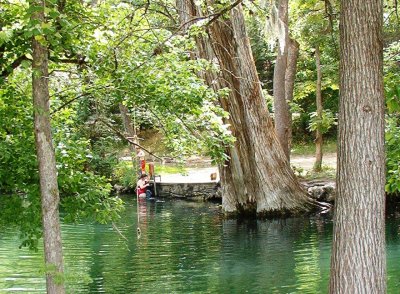How Far Would You Go To Keep Your Dog Alive?
I’ve written before about the high cost of veterinary care. A pair of opinion artciles in the Wall Street Journal discuss how much people are willing to spend on pet health care. The author ponders:
[These days] [v]ets do aggressive cancer surgery and hip replacements. They pump dogs full of expensive drugs for various maladies. In short, dogs get many of the same procedures we humans get. But it’s not cheap, and if it’s anything like human medicine, it’s going to get more expensive as vets take increasingly sophisticated and heroic measures to keep dogs alive.
I’m not here to say this is good or bad. We live in a very rich country, and if people want to spend thousands of dollars on their dogs, so be it.
But should the willingness to pay for expensive procedures be a prerequisite for getting a dog, as some of the emails to me seemed to suggest? I question that. That would pretty much mean that poor people, or their children, couldn’t own dogs. That doesn’t seem right.
Even people with the wherewithal to pay for expensive dog care are going to draw the line differently
In principle, I don’t believe in paying thousands of dollars on pet health care. Due to my country upbringing, I see a distinct line between pets and people.
In practice, however, things are not always so clear cut. A few months ago, Penny tore her ACL and meniscus (there are other veterinary terms for the injuries, but those are the human equivalents). The vet told us that if we did not do surgery she would be in pain for the rest of her life. The surgery, of course, would cost about $1500.
After doing due diligence to determine that there were no other alternatives to surgery, I suggested that we should ask the vet if there were cheaper procedures that would relieve the pain but not necessarily return her knee joint to its original function, such as fusing the joint or even amputation. Boy, did that cause an uproar in our household.
In the end, we didn’t ask about other alternatives, and we proceeded with the surgery. Penny seems to have made a full recovery.
On the other hand, we’ve made different choices with Tippie, our 14-year-old Shepsky. We recently stopped giving her heartworm medication ($18/month). There’s very little chance she’ll get heart worms, and even if she did, she’s still likely to die of old age before the heart worms could harm her. And we’ve been giving her Ibuprofen for her aching joints, even though this runs the risk of harming her liver. Our goal is to make her comfortable for her remaining time with us, not to extend that time as long as possible.



